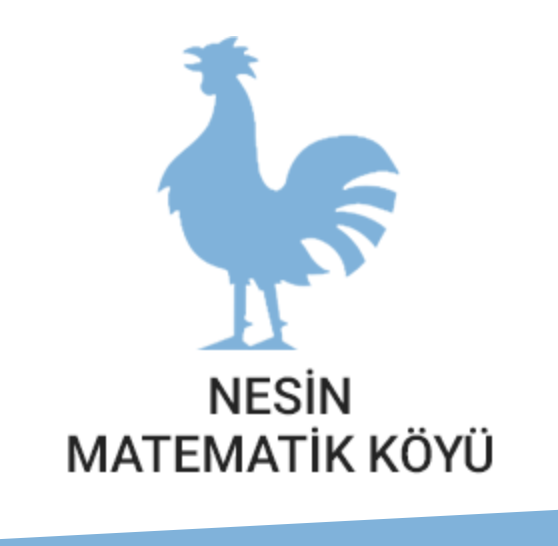24 August - 4 September 2020
Title of the course: The homology of data
Instructor’s Name: Dr. Nina Otter
Institution: UCLA
Dates: 24 August – 4 September 2020
Prerequisites: Linear algebra, some (elementary) statistics
Level:
Week of 24-30 August: Beginning undergraduate, advanced undergraduate, graduate.
Week of 31 August – 6 September: Advanced undergraduate, graduate. Beginning undergraduate students can participate if they attended the first week of the course.
Abstract: Techniques and ideas from topology — the mathematical area that studies shapes — are being applied to the study of data with increasing frequency and success. In this course we will explore how we can use homology, a technique in topology that gives a measure of the number of holes of a space, to study data. The most well-known method of this type is persistent homology, in which one associates a one-parameter family of spaces to a data set and studies how the holes evolve across the parameter space. A more recent and less well-known technique is magnitude homology, which gives a measure of the “effective number of points” of a metric space.
During the week of 24-30 August we will first cover the necessary theoretical background for persistent homology,and then dive into concrete applications and computations using software implementations on real-world data sets. During the week of 31 August – 6 September we will re-introduce persistent homology from a different angle, introduce magnitude homology, and see what the relationship between persistent and magnitude homology is.
We will then present some data-analysis problems to which persistent homology has been applied with success, and finally we will discuss how magnitude homology can be used in the study of data.
The course will be structured in such a way that participants can attend only one of the two weeks or both.
Language: EN

